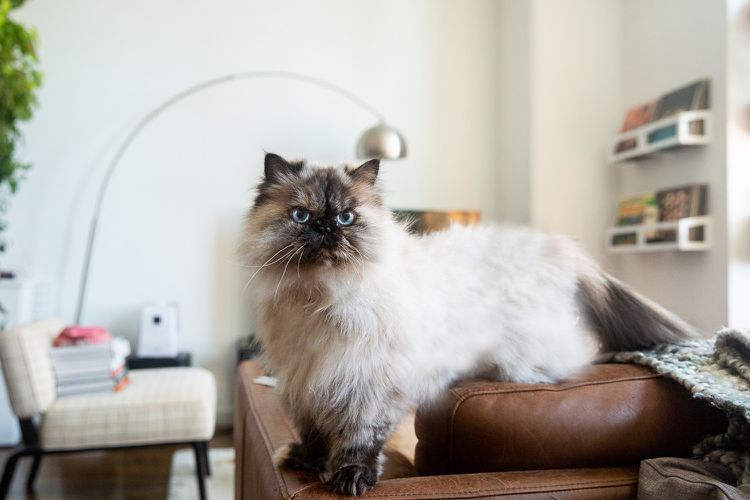
The Himalayan cat is a cross between the Persian and Siamese breeds. Their beautiful long, silk coats come from their Persian relatives, while the pointed coloring on the ears, tail, face, and paws are thanks to their Siamese ancestry—along with their bright blue eyes.
Himalayans, also known as Himmies, are gentle giants of the cat world. They're sweet and playful, adoring any attention and affection they get from their owners. They do require work, however. All that fur requires daily grooming.
Learn more about the Himalayan cat:
Other Names: Himmy
Personality: Sedate, affectionate, gentle, friendly, and intelligent
Weight: 7 to 12 pounds
Length: 12 to 16 inches
Coat Length: Long hair
Coat Color: White to cream
Coat Patterns: Pointed markings, which can be a wide range of colors including chocolate, seal, blue, lilac, and red
Eye Color: Blue
Lifespan: Up to 15 years
Hypoallergenic: No
Origin: United States
Himalayans are gentle, somewhat sedate cats, but they're not boring. These felines enjoy playing with toys, although they aren't likely to go wild climbing your curtains like some other breeds. They are intelligent and very attuned to their owners, often greeting them at the door after an absence. Himalayan cats love to cuddle, be petted, and spend time interacting with their family.
These medium-to-large, sociable cats generally get along well with children who aren't too boisterous, and can settle in very well to a home with other cats and cat-friendly dogs.
Unlike many other breeds, Himalayans don't have a very long history. They've existed for fewer than 100 years, but attempts to breed a long-haired Siamese stretched over decades.
In 1931, Virginia Cobb and Clyde Keeler founded an experimental breeding program and eventually produced a Himalayan kitten named Newton's Debutante. In the 1950s, the Himalayan emerged as the colorpoint longhair.
An American breeder named Marguerita Goforth continued working toward a Siamese-Persian cross. Her attempts to bring recognition to the Himalayan as a new breed were successful. In 1957, this hybrid was officially recognized by the Cat Fanciers' Association (CFA) and the American Cat Fanciers' Association (ACFA).
However, several years later, the Cat Fanciers' Association dropped recognition of the Himalayan as a truly separate breed, instead recognizing it as a division of the Persian. Today, many organizations still do not consider Himalayans and Persians to be distinctly separate breeds.
Daily grooming is a must for Himalayan cats and their long, fluffy coats. That's the main aspect of Himalayan care, though you'll also need to keep your Himmies entertained with plenty of toys.
If you're not willing to dedicate some time to grooming each day, the Himalayan probably isn't the right cat for you. Because they have long, silky hair that tangles and mats easily, a Himalayan's coat should be brushed daily with a sturdy, wide-toothed comb. This will help prevent tangling and mats and remove any dirt, dust, debris, and loose hair.
Himalayans should also visit a professional groomer every few months to ensure their coats are healthy and clean. The good news: Himalayans love to get attention from their owners, which makes grooming easier—and it's an excellent bonding experience for both parties.
You can protect your furniture by trimming your Himalayan's nails regularly, removing just the tip of the claw so as not to cut into the quick. Examine your cat's ears weekly, too. If you find debris in them, know how to clean them. If the ears are very red or inflamed, very dirty, or smell bad, take your cat to the veterinarian as soon as possible.
Like other short-faced cat breeds, Himalayans are prone to tear-staining, called epiphora. This can leave unattractive reddish-brown stains on your cat's face. If this is an issue with your feline, gently wipe their face once or twice a day with a soft, damp cloth to remove the excess tears before they stain. If the color persists, ask your vet to recommend a product specifically formulated to remove the stains. Many are sold over the counter.
Himalayans don't need a ton of exercise, but they'll experience short bursts of zoomies. They're extremely playful and will get into mischief if they become bored. You can keep them entertained and engaged by providing plenty of cat toys and offering a few minutes to playtime each day. Because Himalayans have such playful personalities, something as simple as a ball of paper will keep them entertained for hours.
Like Persians, Himalayans are prone to several health conditions more than other breeds. It's very important to ask for health information from the breeder if you are planning on purchasing a purebred Himalayan kitten. While this does not guarantee that your cat won't develop health issues, it can give you some indication of potentially inheritable conditions the kitten's parents have.
Some common health conditions among Himalayans include:
Be sure to talk to your veterinarian about the best ways to reduce your Himalayan's risk of these health conditions. They'll be able to provide active steps you can take to protect them and an action plan if a health problem does arise.
The gorgeous coat and coloring truly make the Himalayan stand out. The white or cream-colored fur is long and flowing with darker "points" on the face, ears, tail, and legs. The points can be lilac, chocolate, seal, red, and blue. Their tails aren't long, but it is exceptionally fluffy.
A healthy Himalayan should feel muscular and solid but not overly chubby. Their head is somewhat large in proportion to their body size and includes a snubbed nose, flattened face, small ears, and large, wide-set blue eyes.
The cat's eyes should be a vivid blue, and their nose and paw pads should match its point color.
They are definitely not a hypoallergenic cat. They shed considerably without regular grooming.
Your cat's nutritional needs depend on their age, weight, and activity levels, so it's important to talk to your veterinarian about their feeding schedule. Because Himalayans are susceptible to hairballs—it happens with so much shedding—you might want to ask your vet about a food specially formulated to prevent or reduce hairballs.
Feline obesity is a common problem among all breeds, so be careful not to overfeed your cat during regular mealtimes or with treats. If your cat is gaining excessive weight, your veterinarian can provide a customized diet plan.
Himmies are very popular, so it's possible to find one at a cat rescue or shelter if you're persistent. Check out pet adoption websites like Petfinder for breed-specific adoptions, but be aware that you'll mostly find mixes, rather than purebred cats, in a shelter.
Many breeders specialize in Himalayans, so if your heart is set on a purebred cat, look for qualified breeders by searching online or visiting cat shows to speak to breeders in person. You can also look for breeders on the websites of the major cat associations, including The Cat Fanciers' Association.
The Himalayan is a gentle giant with the coloring of a Siamese and the face and body of a Persian. These long-haired beauties are gentle, fairly quiet cats who enjoy cuddling and quiet time with their owners, but they do like to play, as well, and enjoy batting around a ball or swatting a crumpled piece of paper.
Gorgeous appearance
Gentle and quiet personality
Get along fairly well with other pets and children
Require daily grooming
Shed quite a bit
Prone to several health issues
As always, be sure to determine if a Himalayan cat is right for your family's schedule and lifestyle before bringing one home.
If you're interested in breeds similar to the Himalayan cat, check out:
Otherwise, check out all of our other cat breed profiles.
Yes, Himalayans are great pets, provided you spend enough time with them and offer them enough toys to play with when they have bursts of energy. This breed sheds quite a bit without daily brushing, so choose another type of cat if you prefer a low-maintenance pet.
As a general rule, you can expect to pay $1,000 to $2,500 for a show-quality Himalayan. However, a "pet quality" cat might only cost a couple of hundred dollars. You may find a Himalayan mix in a shelter or rescue for a much lower price.
While mixed-breed cats are more common overall than purebreds, Himalayans are not a rare type of feline. Persians are one of the most popular breeds of purebred cats, and Himalayans are one of the most popular varieties of Persians.

Common Injuries in Dogs and How to Treat Them
Learn about the most common injuries in dogs—whether in their legs, spine, tail, or eye—and how you should treat them with this helpful list.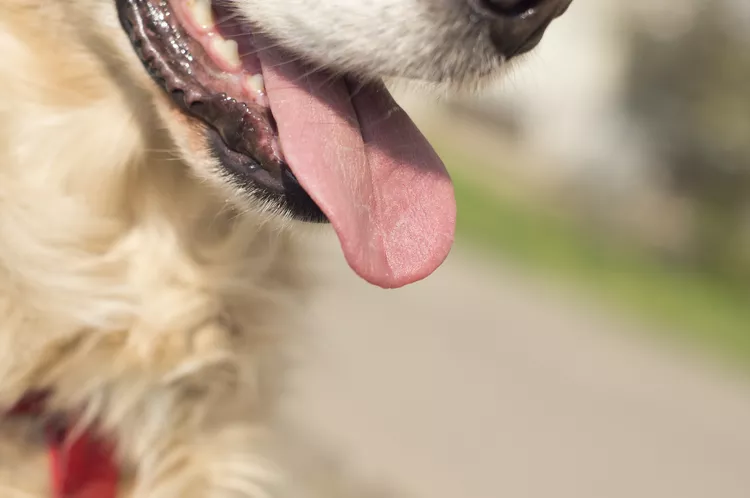
How to Calm a Panting Dog
Learn how to calm a dog’s breathing when they’re panting or breathing too fast. Dogs may breathe fast for several reasons. Know when to call the vet and how to determine if it’s an emergency.
Common Antibiotics for Dogs
Antibiotics are commonly used in dogs to treat a variety of infections. Learn about some common types of antibiotics for dogs, what conditions they treat, potential side effects, and safety information.
Petit Basset Griffon Vendéen: Dog Breed Characteristics & Care
The Petit Basset Griffon Vendéen, or PBGV for short, is a small, shaggy-coated scent hound from France. Known for their charming personality and cuddly appearance, Petit Basset Griffon Vendéens are outgoing, confident, and proud dogs.
Golden Retriever: Dog Breed Characteristics & Care
Learn about the golden retriever, one of the most popular dog breeds in the world. It is known for its loyalty, enthusiasm, and sweet, bright eyes.
Becoming a Show Dog: Getting Started
Do you have the perfect puppy? Have you considered showing her in a dog show? There's much more to showing than showing up! Here's how to get started.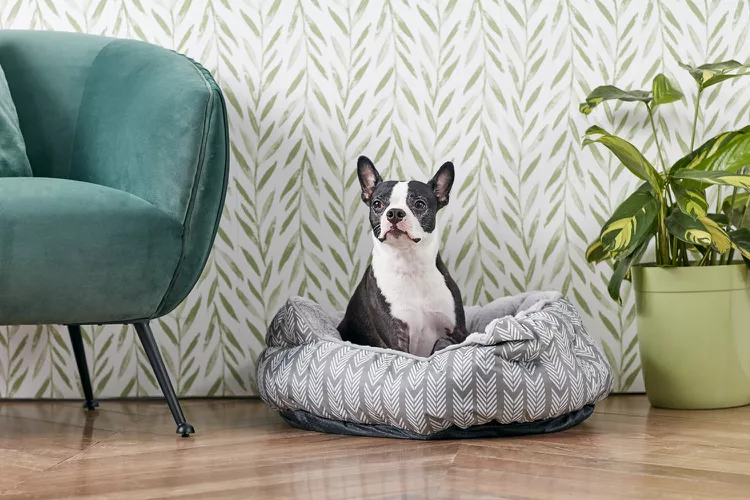
How to Train Your Dog to Go to Its Place
Training your dog to go to its bed or place is a great way to get it to settle down quickly. Learn how to get your dog to follow the place command.
Myths and Superstitions About Black Cats
Black cats have played a major role in folklore, superstition, and mythology for centuries. Learn the origins behind these black cat stories.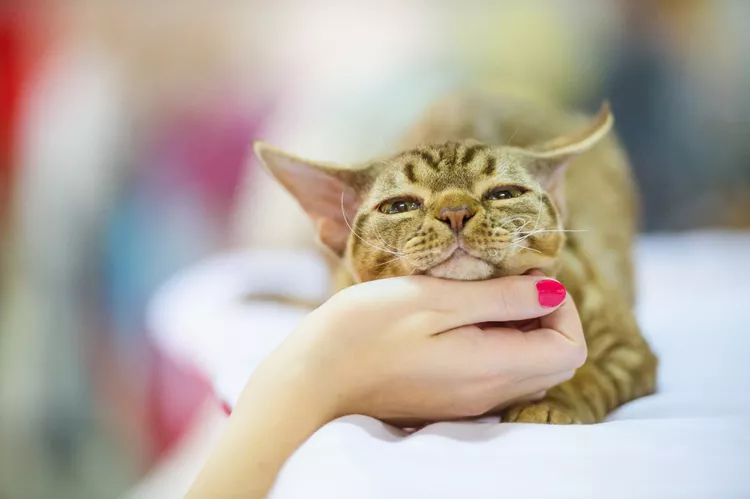
Devon Rex: Cat Breed Profile, Characteristics & Care
The Devon rex is a unique breed known for their unique appearance, including large ears, big eyes, and a short, wavy coat. They are active and friendly cats who make a great fit for most families. Learn more about the Devon rex cat breed.
Birman: Cat Breed Profile, Characteristics & Care
The Birman is a medium- to large-sized cat breed that has a stocky body and a quiet demeanor. Learn more about this kind-natured cat.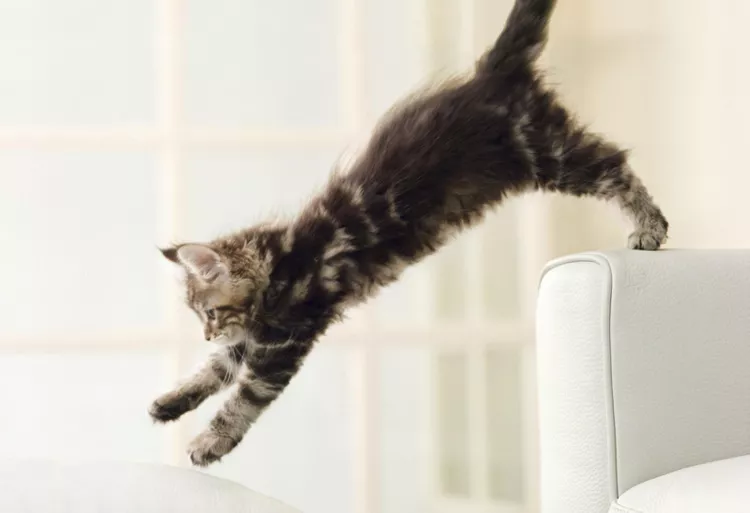
Reasons Why Your Cat Acts Crazy and How to Stop It
Cats do some strange things. Learn the reasons why your cat may run around acting crazy and find out if it's something you should be concerned about.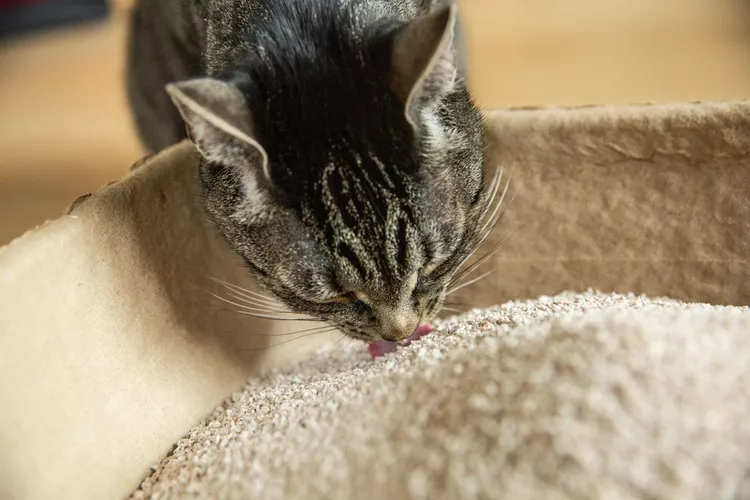
Why Cats Eat Litter and How to Stop It
Eating litter is not uncommon in kittens, but it may be a sign of health problems in adult cats.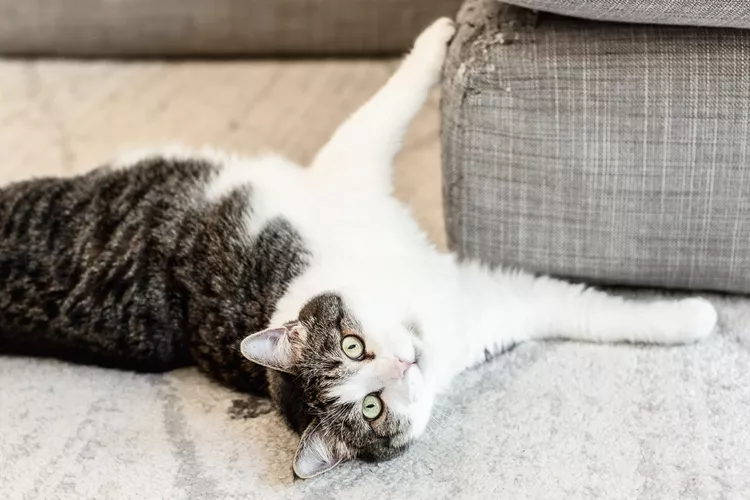
How to Discipline Your Cat the Right Way
Cats are mischievous but sometimes they also misbehave. Learn how to safely and effectively discipline a cat and positively change their behavior.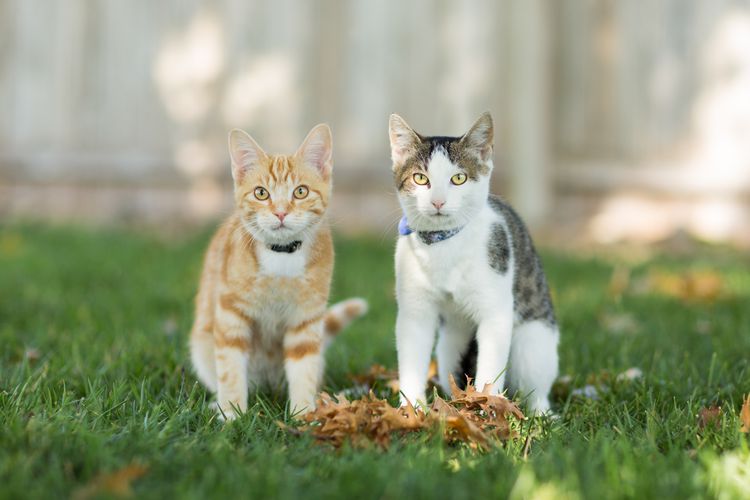
Ringworm in Cats
Ringworm in cats is a fungus similar to athlete's foot in humans. Learn the causes, treatment, and prevention.
Signs of Heat in Cats
A cat in heat will show several physical and behavioral signs. Here's how to tell if your cat is in heat and how to care for her during this time. Learn the signs and how to prevent pregnancy, even if her cycle has begun.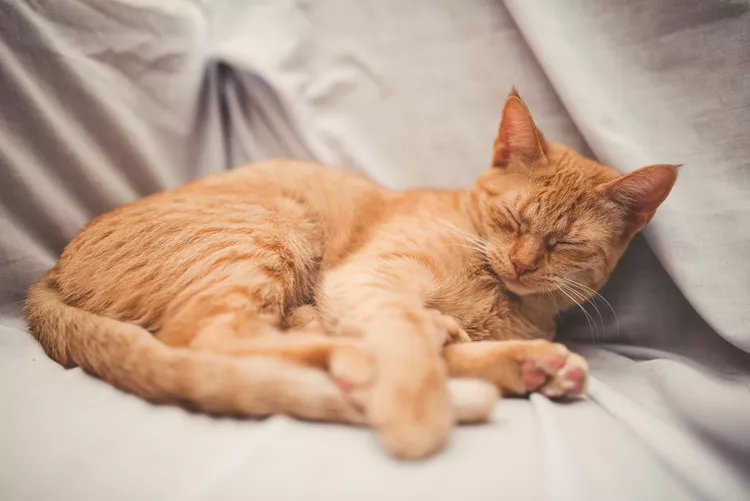
What to Do if Your Cat Is Snoring
Cat snoring can happen for several reasons. Find out if your cat's snoring is normal or caused by a medical issue. Know when to call the vet about your cat snoring.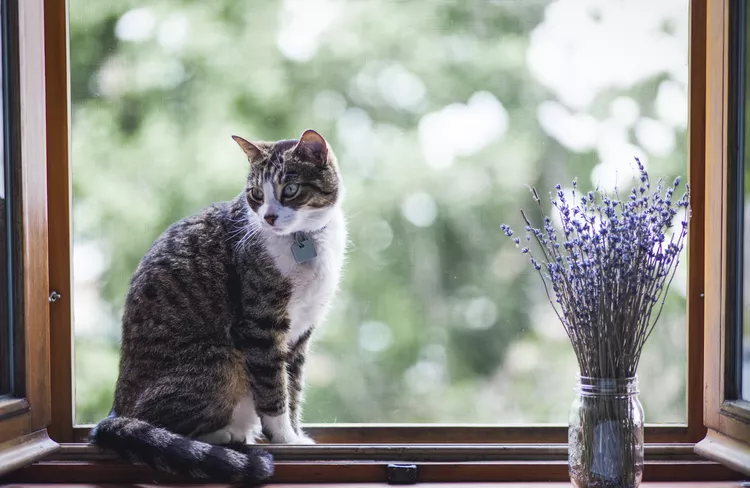
Is Lavender Safe for Cats?
Are cats safe around lavender? Find out how lavender affects cats and what to do if your cat is exposed to it.
Hyperlipidemia in Cats
Hyperlipidemia is an abnormally high level of fat in a cat's bloodstream. Learn the causes, treatment, and prevention.
275 Best Male Cat Names for Your Handsome Kitty
There are plenty of male cat names to choose from if you’re looking to add a new tomcat to the family. Here are 275 of our favorite choices for male cat names.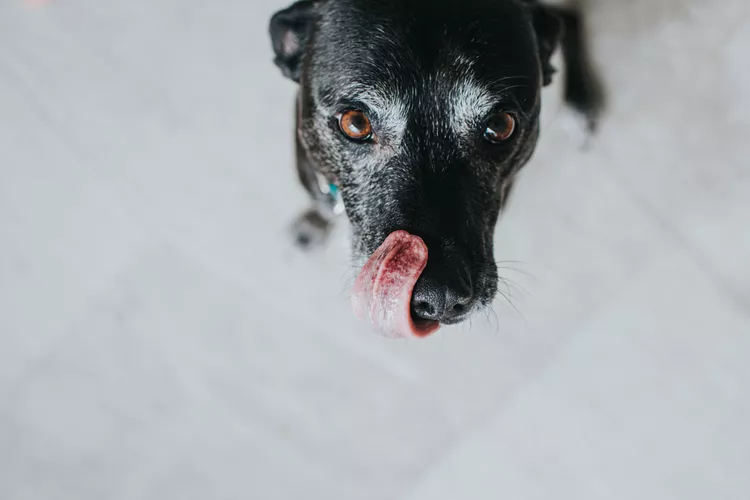
Can Dogs Eat Raw Chicken Feet?
What are the potential health benefits of chicken feet for dogs? What are the risks?